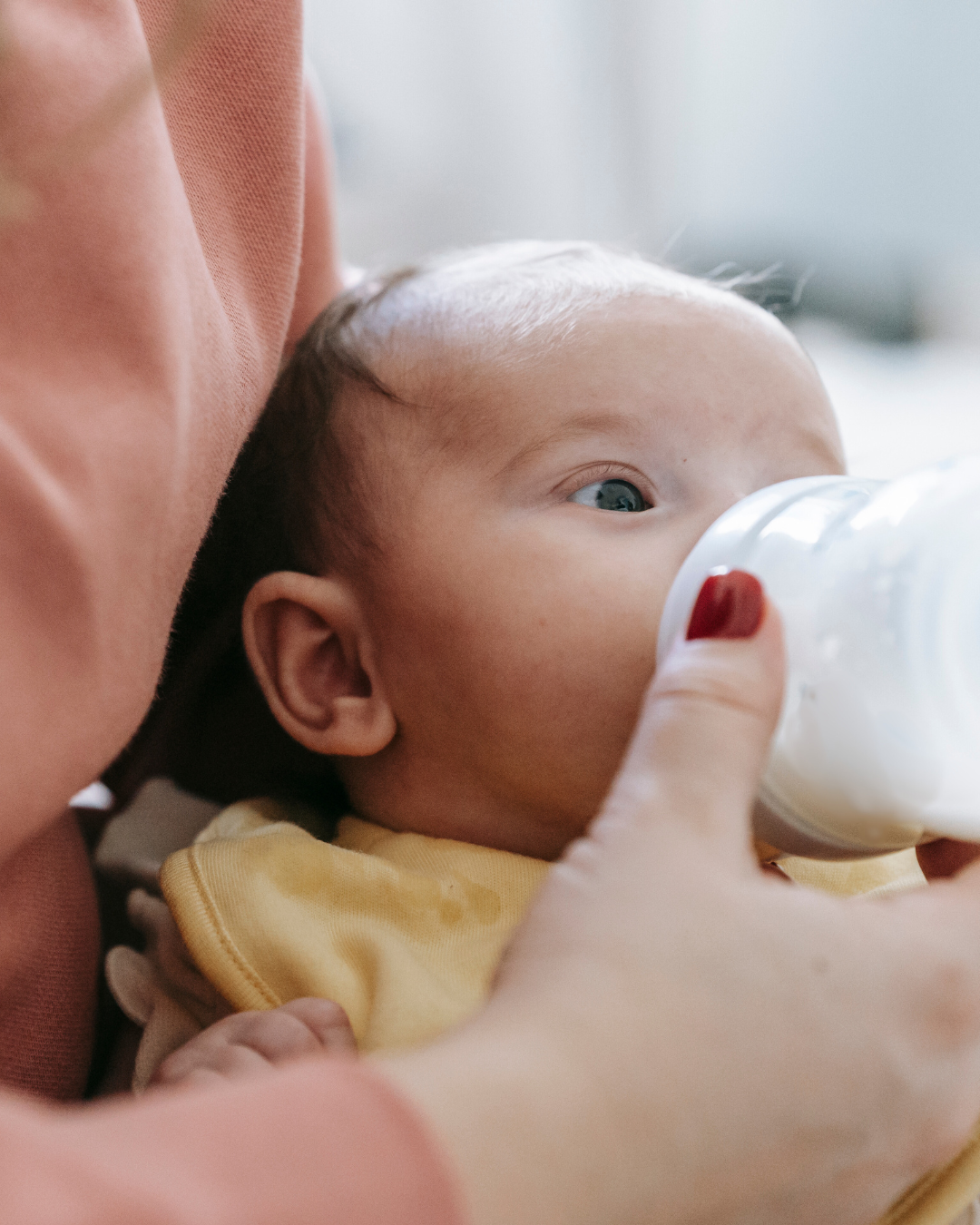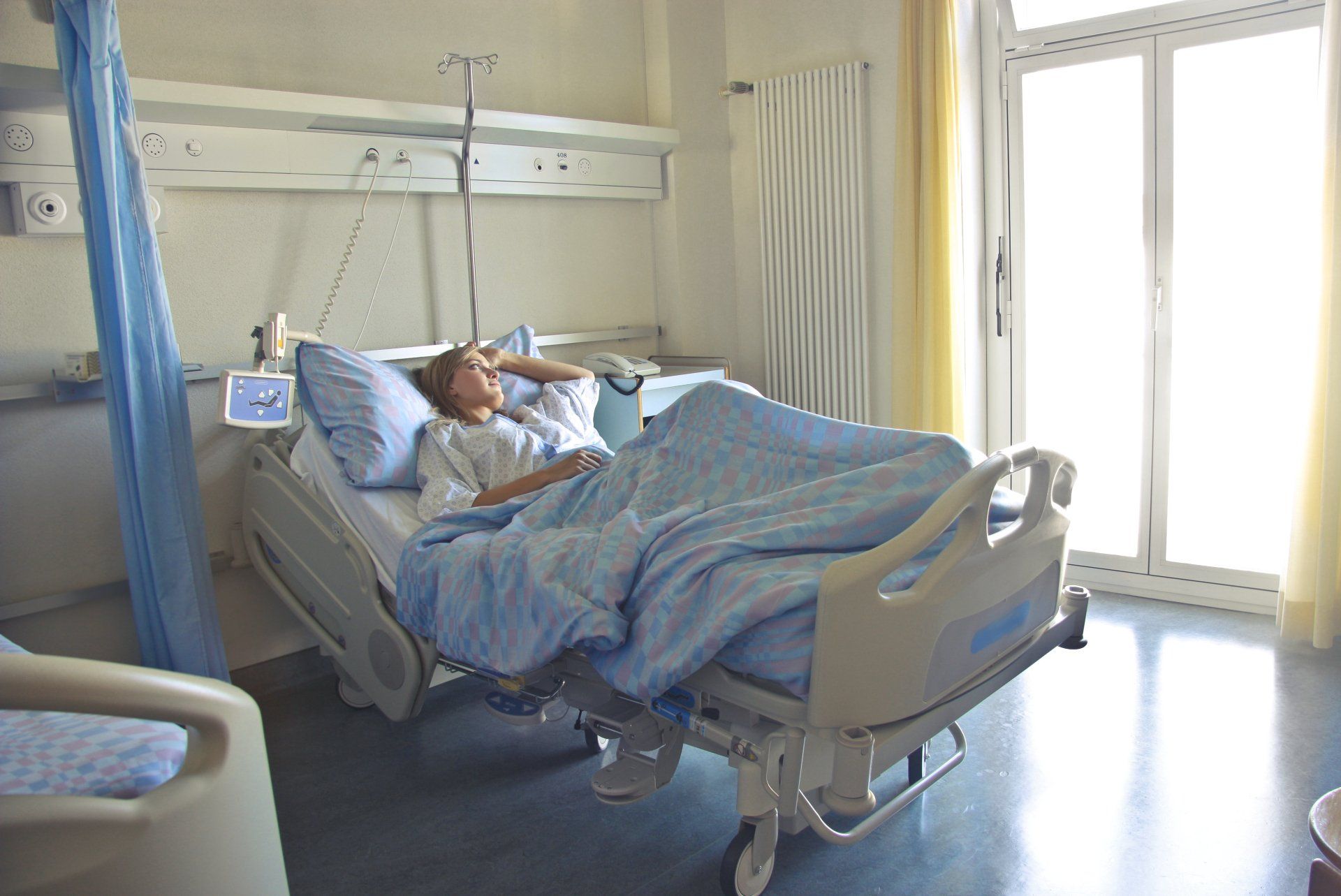When you’re planning on breastfeeding or just started you probably have many questions. Hi, I'm Niamh Cassidy, a lactation consultant in Dublin, and in this article I am going to answer some of the ones I hear most often to help you get breastfeeding off to a great start.

When Breastfeeding Starts
Your preparation for breastfeeding started before you were born, continued during puberty and ramped up in pregnancy. If you are more than 18 weeks pregnant your body is already making colostrum, the first milk, for your baby for when they are born. You may not see it yet but that’s ok, rest assured, it’s there, ready and waiting.
Some people choose to hand express some colostrum in the last few weeks before their estimated birth date. This is often called antenatal expression of colostrum. This can help you get to know your breasts better and to have some extra colostrum available should your baby need it but it is not something that you have to do. If you choose to give it a try do not feel discouraged if you don’t get much, or anything at all, sometimes your body just wants to wait for the baby.
Breastfeeding itself obviously starts once the baby arrives.
Breastfeeding, How to Start
The first hour after the baby is born is often called the Golden Hour and this is when we hope to see the first breastfeed. In Irish hospitals, mums and babies are typically kept in the birthing suite (often referred to as the delivery room) for at least this first hour to protect this amazing time. Baby will be skin to skin (not dressed) on your chest to help facilitated this. As a lactation consultant I encourage as much skin to skin as possible over the first few hours, days and weeks so no need to dress baby for that move to the postnatal ward.
In that first day we hope baby askes to feed at least every three hours, but some babies are tired after a long labour or if there were any birth interventions and may not feed as much. We can facilitate feeding by keeping the baby with you skin to skin as mentioned. If baby isn’t feeding as frequently as we might like we can keep an eye on the nappies to see if everything is ok. We would like to see one wet and one poopy nappy in that first 24 hours.
Why is Breastfeeding Painful
I am often asked this or if it is supposed to be painful. Here’s the thing, it shouldn’t be painful. Initial latching in the first few days might be slightly uncomfortable or feel a bit odd but it shouldn’t hurt. You should not be holding you breath because of the sensation. If you are, or it hurts, we need to see what’s going on. Typically, it’s a simple as changing the position you are feeding your baby in.
Which Breastfeeding Position Is Best
The best position is the one where baby is getting milk and you have no pain. For many mothers this means you are in a reclined position with your whole body supported and baby is belly down on your chest. Baby may be straight down the mother’s body or at an angle. The most important part is that the baby’s body is fully against yours, that they are not turned away or sitting on a breastfeeding pillow on their back. When the baby’s body is not in close to the mother’s body it’s hard for them to get a deep latch and that’s when breastfeeding hurts.
How do I know my baby is getting enough breastmilk?
This is usually parents main concern around breastfeeding and it can often become highlighted on day 2 when baby starts feeding round the clock. You see, on day two, your baby starts to ‘wake up’ and become more aware that they are no longer in the womb. They miss being part of your body and they are experiencing so many things for the first time, including hunger, cold, lights etc. Your body is their safe place and feeding helps them relax and cope with all of these new experiences. They are also very clever and are doing to work to tell your body to up the milk supply and start that transition to mature milk, what many people refer to as ‘the milk coming in’.
If your baby just wants to feed and be held on day two this does not mean you do not have enough milk. Its just a normal behaviour for new babies. Again, we want to look at the nappies, two wets and two poopy nappies? We’re all good.
What if they are not doing enough nappies or are jaundice or their blood sugars are low?
The first port of call is to breastfeed them more. If this isn’t sufficient you can hand express colostrum and give them that. WHO protocols would state that donor milk is the next option but this is only available for premature and sick babies in Ireland. The last option is supposed to be formula as we know that early introduction of formula to breastfed babies can cause them harm through increasing risk of allergies, sickness and interfering with the establishment of a full breastmilk supply.
Where to Find Breastfeeding Support in Ireland
There are lactation consultants in most of the maternity units during ‘office hours’. The midwives on shift can also provide support. Unfortunately, due to understaffing how much support either can give can be limited. Many parents with health insurance choose to engage a private lactation consultant for support before and after their baby is born. There are also voluntary groups with trained breastfeeding peer supporters that you can visit before and after you baby is born such as Cuidiu, La Leche League and Friends of Breastfeeding. These are typically free or donation based.
Which Breast Pump Is Best
If you want to breastfed you don’t typically need a pump. But for some, a breast pump can be a valuable (or needed) addition to your breastfeeding journey. There are many options out there but not all of them are suited for all scenarios. It’s usually better to wait until after your baby arrives and then get advice from a breastfeeding professional as to what pump may suit your needs.
Breastfeeding is the normal, natural way to feed you baby but it is still something that you both need to learn how to do. This can take a few days or a few weeks and your body and your baby are set up to allow for this learning time as babies need so little milk at first and it slowly ramps up over the first few weeks. If you would like more support in relation to preparing for your breastfeeding journey check out my Breastfeeding Support Packages. Or if time or budget are a concern check out my Breastfeeding in Hospital Mini Course.



